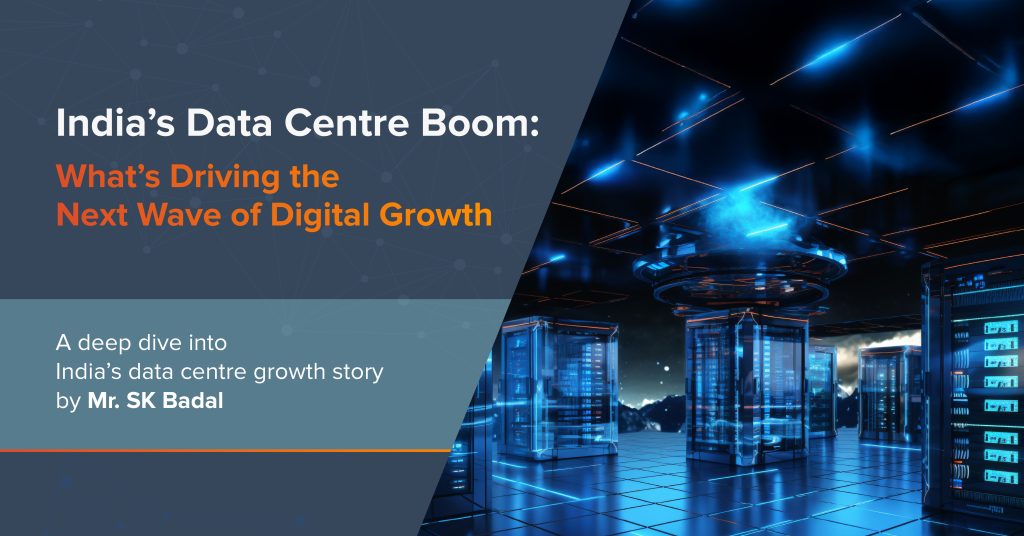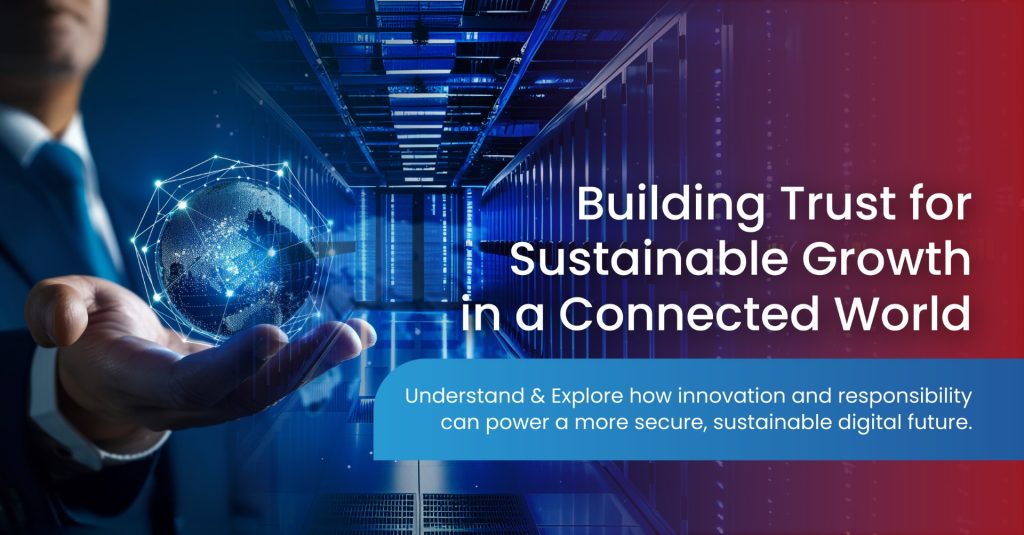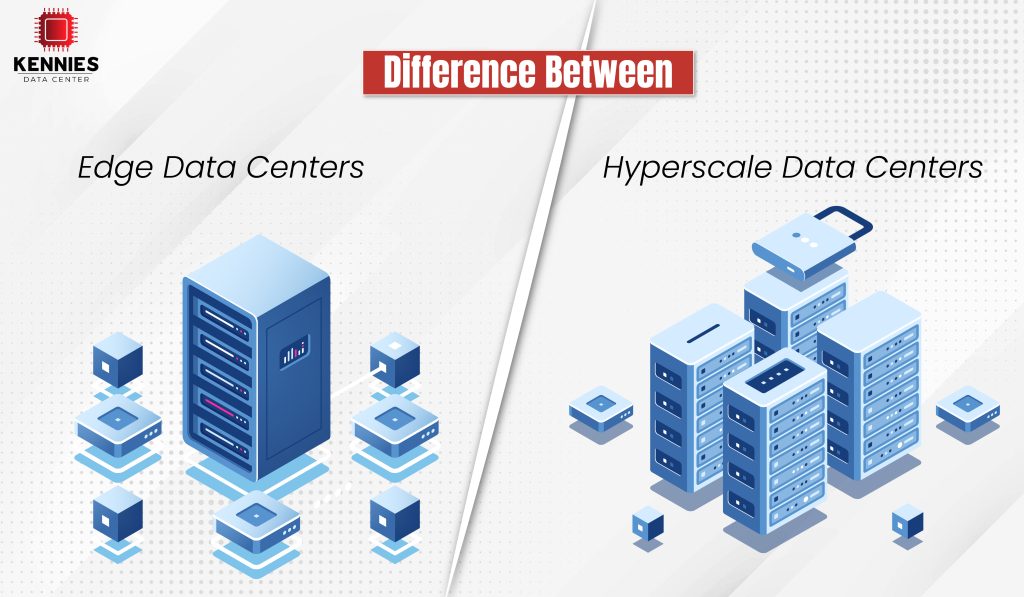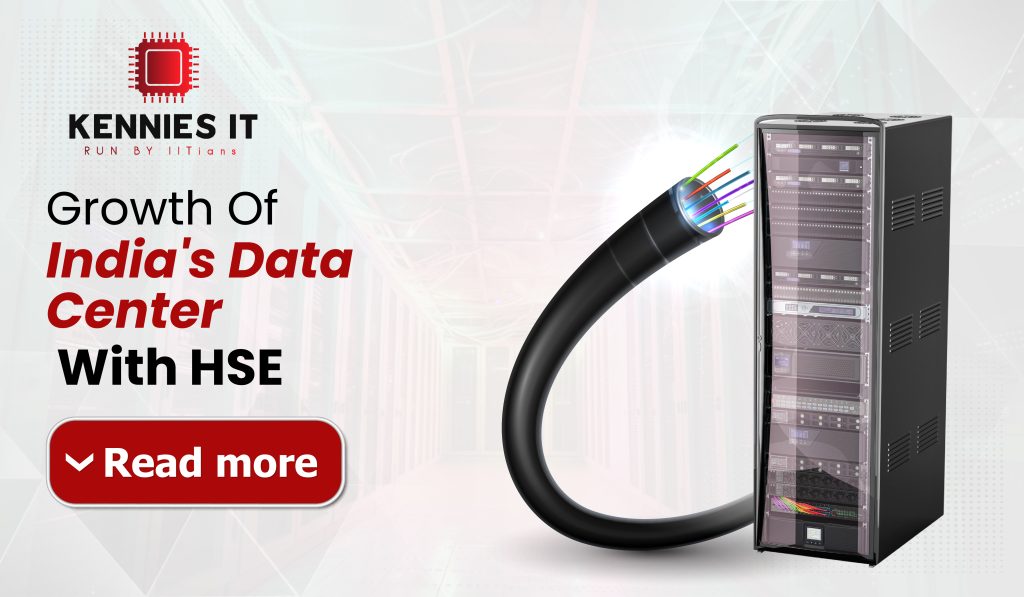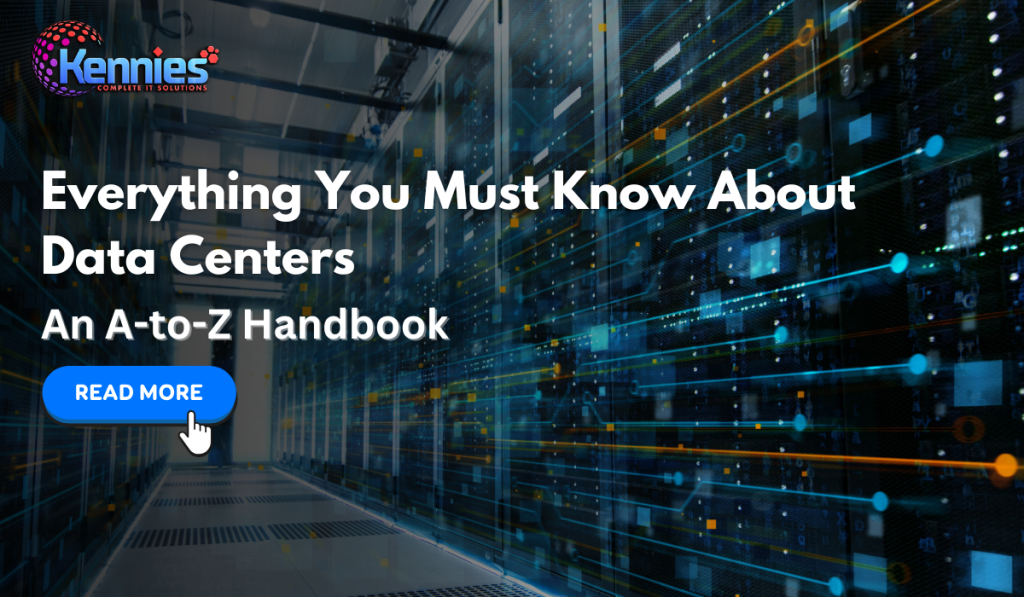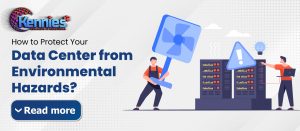
According to an article stated by the Economist in 2017, “The world’s most valuable resource is no longer oil, but data.” Since then, the top leaders of all over the globe, including Abe, Modi, and Xi, have revealed similar ideas, indicating the rising consensus on the strategic relevance of data. Gone are the days when countries were afraid of missile attacks and prepared for any sudden war. This is the 21st century, where technology is a weapon. And to make this technology robust, data plays an indispensable role.
However, despite the expansion in digital infrastructure, data breaches persist, posing substantial threats to both government and private organizations. Protecting and storing the data of organizations and individuals has become a humongous task.
Fortunately, Data Centers have become a beacon of hope for thousands of business owners and play a significant role in striving for digital operations. As data is the cornerstone of modern businesses, the integrity and security of data centers have also become crucial.
As the world is experiencing climate variations, different environmental hazards can cause catastrophic failures, like data loss, and mainly financial repercussions. Safeguarding a data center from such threats is pivotal to ensuring uninterrupted service and protecting valuable information. Today, in this blog, we are going to discuss effective strategies and explicit ways to shield data centers from such environmental threats and ensure operational continuity. So, without any delay, let’s start this blog post.
An introduction to physical dangers as similar to cyber threats
Being a tech nerd, you’ve heard about viruses, spyware, and network threats. However, environmental factors like heat, humidity, airflow, smoke, and electricity can be identically devastating to server room equipment and also to a company’s IT operations. To understand a sense of the danger, let’s take an instance of overheating. Servers create high levels of heat, and the facility must be kept cool to ensure optimal performance. The warmer it gets, the more likely equipment will overheat and malfunction.
As a result, an increment from 20°C to 30°C can decrease the long-term reliability of electronic equipment by as much as 50%. And when air conditioning fails, the temperature can skyrocket in a matter of minutes. According to a study given by a professor at Duke University, heat lessens electronic components like power supplies, motherboards, and memory chips. Depending on the size of a company and its industry, downtime can cost tens of thousands of dollars per hour. For example, if your website is down and visitors select a competitor, you’ve lost both the immediate transaction and the opportunity for their repeat business.
Anticipate Data Center Danger with Environmental Monitoring
Nowadays, individual servers come with built-in temperature sensors that issue alerts if the level of heat increases above a certain level. However, it is hardly enough to ensure that data center climate conditions are optimized for strong equipment performance and ongoing uptime. Data center temperatures can vary from one zone to another.
Even if there’s a clear reading for the entire room temperature. Airflow concerns, in particular, are notorious for creating higher temperature pockets of still air in some aisles, precipitating hot spots that can harm sensitive components. An improved method includes placing temperature, humidity, and airflow sensors on or near specific racks and important devices. Recording and displaying these measurements instantly can assist administrators in identifying extended patterns, like increases in temperature during busy hours or changes when the building’s HVAC systems are reduced during weekends.
Key Points to Protect Your Data Center from Environmental Hazards and Achieve Optimal Monitoring
- Climate Control – Maintaining the right climate within a data center premises is vital to secure overheating and other environmental concerns that could compromise equipment. Extra heating, ventilation, and Air Conditioning systems are crucial for regulating temperature and humidity levels. These systems ensure that the data center runs within optimal environmental conditions, protecting the potential for overheating, condensation, or static electricity, all of which can damage sensitive equipment.
- Heat: Temperature sensors need to be positioned at the top, middle, and bottom of separate racks to monitor the amount of heat produced by equipment, as well as at the air conditioning system’s intake and discharge vents to assess effectiveness. Temperature sensors should also be positioned near necessary equipment, as the heat inside a device that is mounted on a rack may rise up to 20 degrees compared to the environment. Placing a sensor next to the thermostat allows for observation of the same data being used to regulate the air conditioner.
After these sensors are installed and monitored from a central browser, emergency alert procedures should be established to make sure that the appropriate staff members are notified about possible issues. Remedial measures should be planned in advance as well. Monitoring temperature changes over a period of time can also be beneficial. IT managers have the ability to examine data logs on a weekly or monthly basis in order to detect any spikes that may arise outside of regular office hours or during periods of low activity.
- Water: Moisture and humidity sensors must monitor for leaks inside cooling equipment, potential leaks that come from nearby pipes, or water caused by a flood or other disaster. Water sensors should be fixed at the lowest point where water tends to pool on the floor and beneath any pipe junctions. Air-conditioning condensation trays should also be equipped with sensors to detect overflow.
- Power: Electrical failures can cause air-conditioning equipment to shut down even while an uninterrupted power supply certifies that servers stay up and operating. Something like this already happened in 2014 after a severe rain storm knocked a Toronto data center. The UPS kicked into action, but the facility experienced cooling problems, resulting in high temperatures. The best approach is to control currents coming into the data center and arrange for an orderly shutdown of IT equipment in case power is lost.
- Smoke: Smoke detectors can cause power outages, but they have not been traditionally linked to a notification system that contacts IT staff. Building owners or the local fire department may be aware of alarms, but maintaining sensitive server equipment is not their main concern. The optimal method is to connect the smoke alarms directly to the climate monitoring and alert system, effectively expanding the capabilities of the climate sensors to include the smoke alarm.
- Water and Flood Protection: Data centers are at risk of significant damage from water, whether it comes from leaks inside or flooding from outside sources. Defending against this requires a variety of tactics. Waterproofing the structure is essential, particularly in regions susceptible to flooding. Constructing data centers with raised floors offers an extra level of security by keeping important equipment above possible water levels. Detection systems for leaks can spot and prevent small leaks from becoming bigger issues, and effective drainage systems swiftly remove water from the area.
Conclusion
Securing your data center from environmental hazards is not solely limited to a precaution. It has become an integral component of ensuring the continuous operation and integrity of your business. From physical fortification to the latest climate control systems, every layer of protection contributes to a robust infrastructure capable of protecting against natural and man-made threats. Regular risk assessments, proactive maintenance, and a well-prepared emergency response plan are crucial in overcoming potential disasters.
Thus, by investing in strong protective measures, you secure not only your data and hardware but also your operational continuity. As technology and environmental conditions continue to evolve, staying ahead with the current innovations and best practices will be key to handling a secure and reliable data center.


